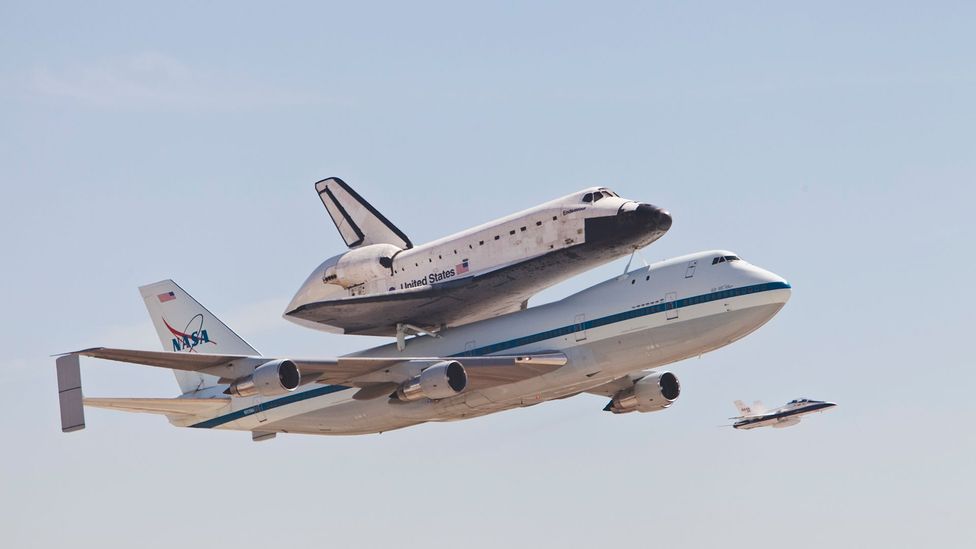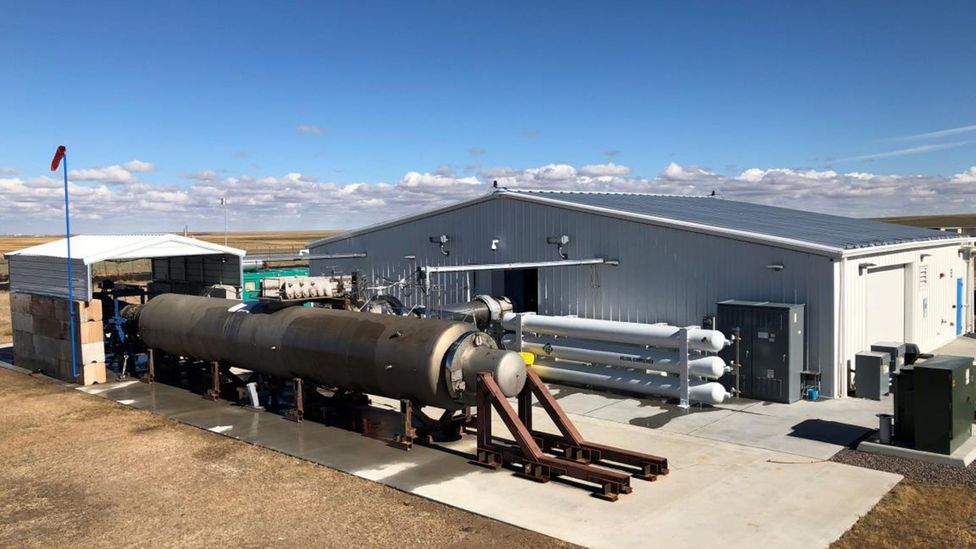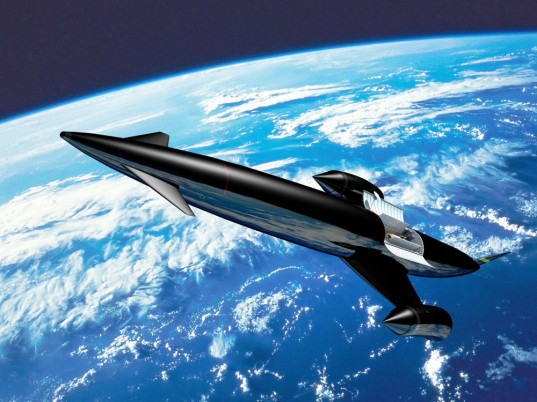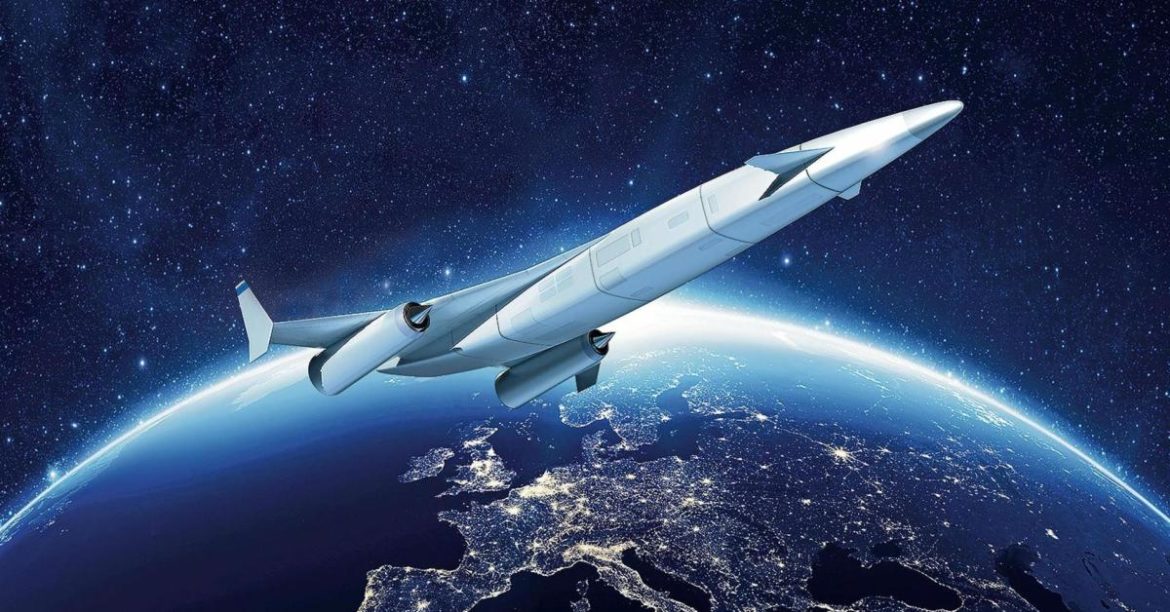The reusable spaceplane concept seemed to die with the end of Nasa’s Space Shuttle. Could the spaceplane rise again in the 21st Century?

The following written content from Mark Piesing
The dream of flying all the way into space began when the first aircraft flew at Kitty Hawk, North Carolina, in 1903. Less than 70 years later, we had a thoroughly realistic example of what that might look like. In Stanley Kubrick’s 2001:
Advertisement
A Space Odyssey (1968), a large spaceplane maneuvers effortlessly in time with Strauss’s Blue Danube waltz to dock with a huge spinning space station.
Despite many plans, prototypes, and experimental flights since, only two spaceplanes have ever entered service, the Space Shuttle and the top-secret Boeing X-37B. Only the small, unmanned Boeing remains in service.
The dream of the graceful spaceplane is still live, even if the ambition for their actual role may have shrunk. In September 2020, China appears to have launched its own Boeing-like reusable space plane and may have as many as seven crewed and non-crewed spaceplane projects in development. The European Space Agency’s similar autonomous Space Rider flying laboratory is expected to blast off in 2023 and India’s own mini spaceplane later this decade.
Advertisement
Discover How You Can Get Your Clothes Cleaned Without A Single Drop of Toxic Laundry Detergent…
But we still rely on rockets to blast astronauts into space, bringing them back to Earth in capsules suspended by parachute. So why has the spaceplane – apart from Nasa’s now-retired Space Shuttle – not yet taken off?

One answer to this question can be found at a test site 2,900km (1,800 miles) away from Kitty Hawk at the foot of the Rocky Mountains in Colorado. The facility at the Colorado Air and Space Port was purpose-built by Reaction Engines to run “hot tests” of the technology that the company’s revolutionary new rocket engine depends on. Tests that were backed by the US government’s secretive Defence Advanced Research Projects Agency (Darpa).

Reaction Engines is a British aerospace company founded by engineers Alan Bond, Richard Varvill and John Scott in 1989 after the cancellation of the British spaceplane project Hotol. Its aim was to create Hotol’s successor, the ultra-sleek, single-stage-to-orbit spaceplane Skylon, together with the engine that would power it. The Synergetic Air Breathing Rocket Engine (Sabre) is a hydrogen-powered engine that can propel a spaceplane like Skylon from zero to hypersonic speeds by using the oxygen in the Earth’s atmosphere, and then when travelling fast enough, blast the vehicle into space using an on-board supply of oxygen like a conventional rocket.
You might also like:
- The reuseable spaceplane launched inside a rocket
- The secrets of the US military spaceplane
- Why Europe’s astronauts are learning Chinese
Today they are backed by big names in the industry, including Boeing, British Aerospace and Rolls-Royce, as well as the UK and European space agencies.
Beyond the security fence, a modified engine from a Cold War-era fighter jet is used to replicate the very high temperature airflow generated at hypersonic speeds. The superheated air is blasted through a light-weight, ring-like device made up of thousands of thin-walled tubes through which coolant is passed. The aim of this precooler is to remove the extreme heat very quickly. When used in the Sabre engine, it’s hoped it will prevent its internal components melting in the high temperatures and ensure the engine runs efficiently.
Early in 2019, the precooler had worked at 420C (788F) in conditions that replicated flight speeds of Mach 3.3, or more than three times the speed of sound. But the engineers wanted to reach the magic number of Mach 5. That is more than 6,200 km per hour (3,800 mph). It is also more than twice as fast as the cruising speed of Concorde and over 50 percent faster than the SR-71 Blackbird aircraft – the world’s fastest jet-engine-powered aircraft. Mach 5 also happens to be the limit of today’s materials used in aircraft production.
At Mach 5 and an altitude of 20km (12 miles) Sabre stops breathing the air, closes it inlets and starts to burn liquid oxygen mixed with its hydrogen fuel to reach speeds of Mach 25 which allow it to go into Earth orbit.
In October 2019, the record was smashed, and Mach 5 was reached. The precooler successfully “quenched” air flowing into the machine at more than 1,000C (1,800F) in less than 1/20th of a second.
The success of the test earned team leader Helen Webber the Royal Aeronautical Society’s prestigious Sir Ralph Robins medal for engineering leadership, and the wider team a haul of awards. “We achieved something that has never been done before,” says Webber. “This was a major moment in the development of a breakthrough aerospace technology. This success moves us one step closer to the realization of Sabre and paves the way for hypersonic flight.” Read more from BBC






